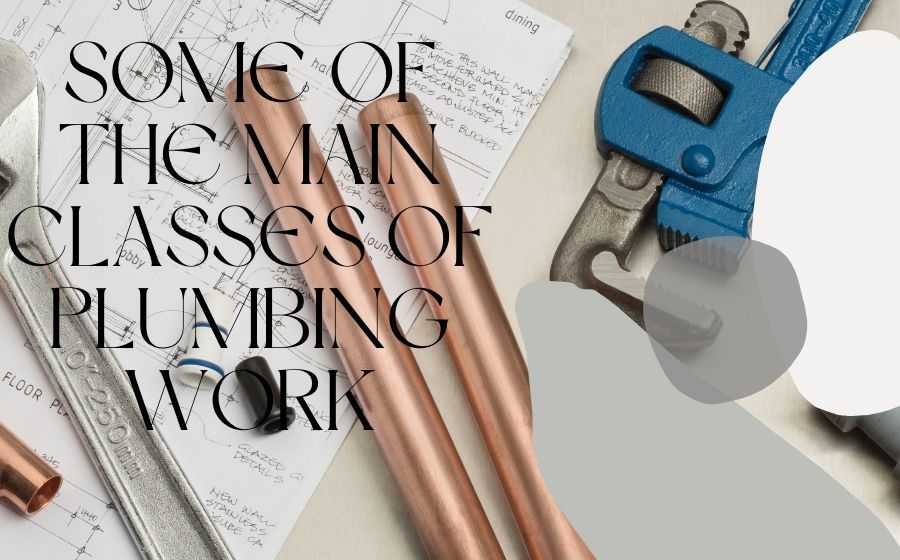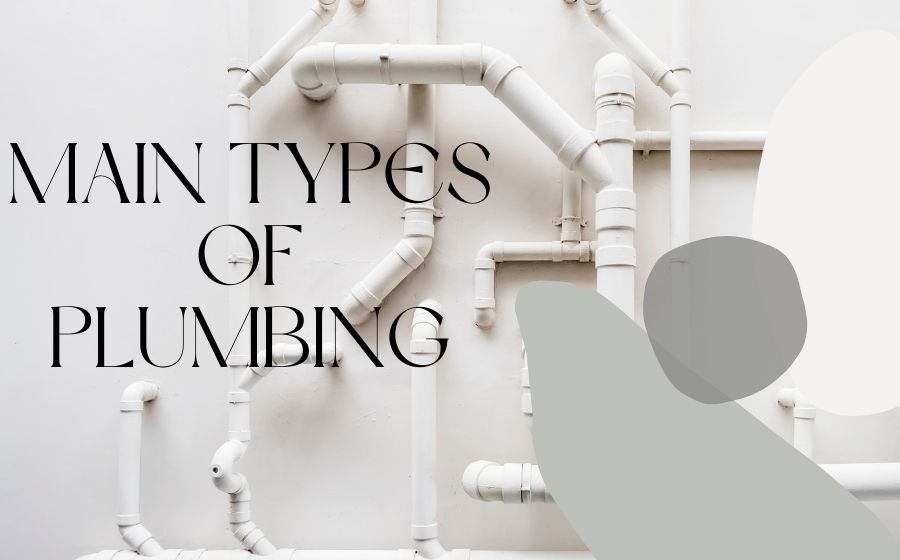
Plumbing can be a confusing subject for those who aren’t sure of the difference between their own plumbing needs and others'. If you are like most homeowners, you have no doubt done some basic plumbing work before. However, there are many other aspects to plumbing that are important to know in order to prevent potential issues with your home. Most people know that plumbing is important, but they may not know exactly what it does. We’ve got some good information to show you what plumbing actually is, and how it affects the lives of everyone from astronauts to construction workers.
Based on the same principle as electricity and other similar technologies, water systems have become common in recent years thanks to various developments from the plumbing industry. Currently, most industrialized nations use some form of water system for their military operations or drinking water needs because it's easier to ensure access and reliability than a simple well or rainwater collection tank. Water systems can also be used for irrigation of crops, water collection for domestic use and providing water to homes as well.
Saving money can be done by staying on track with what the plumbers are doing when there is a leak or problem that needs attention. You do not want to go into your budget in June and find out you have tens of thousands of extra dollars because all those months you weren't careful enough so now figuring out how much it will cost. It’s required to keep a close eye on your plumbing in the winter months. Also, if you find that there is water coming up from your sewer line outside it is essential that you call an experienced plumber right away and have them come out and clear the problem immediately.

There are three types of plumbing that come into play with basic washroom installations; soil or water pipes, hot and cold running pipework, as well as pressure pipes.
Sewage systems adopt many features similar to those used for potable water supply - such piping is usually made from PVC reinforced plastic and runs through the earth horizontally beneath residential properties (usually under the house) ending at a sump that collects all waste products from inside your home. Soil pipes take waste products to the sewer system. They generally run horizontally under grass and parking lots, which flow through underground sewers before reaching a sewage treatment plant. There are instances when these systems may include wells or pumping stations for groundwater supplies that do not need to enter local waterways through storm drains nor cross-property boundary lines.
Many important and critical items used daily in residential plumbing installations, such as hose connectors, carbon pipe nipples designed for water off-take valves or the main drain valve are unreasonably costly if purchased separately especially considering their low volumes sold on a per-piece basis. Other key types of equipment include: For instance, a unique sealing device is generally used to seal the openings of sewer pipes after plumbers alter them. The material that such packing is made from is known as filler; it should be nontoxic and not at all harmful or hazardous towards human health--this applies for both granular types and self-forming plastic materials like polyvinyl chloride (PVC) that may pose an independent danger on their own if left in contact with the skin for longer than expected.
Plumbing plans are great assistance for residential property owners, architects, and home builders in setting up the way each part of their house works together. This is because working and planning plumbing pipes perfectly in each room or the accessible area will create smooth running water to flow throughout all parts of the house. Hence knowing where things go can be quite useful over time as mistakes run along with wasted money especially during larger grading phases involving many contractors undertaking numerous projects at one time.
Planning is also important in setting up precisely which pipes will take the most pressure and which ones should be maintained at the minimal operating level and being of reasonable distance from each other. There are many strategic break-even levels where water flow probably would not stop flowing even with small or large problems like leaking hoses, broken pipe connections, or pumps that fail to remove a great deal of the right amount falling off water byline over time. For this reason it is key to take a look at trends in plumbing supplies and materials, which can differ from area to another. This way, all contractors working on the project will better understand when they are ready for solutions such as longer pipe lengths or different kinds of connections being installed instead, etc.
Install and change any of the above pieces for smaller projects can be done with a few simple hand tools. For big enough jobs like major upgrades to existing plumbing systems or even entire new installations that require tons of materials such as steel close fittings in place, ladder stands may become necessary for highly advanced craftsmanship techniques. To keep the organization on top of your business, it's important to have a good system in place for managing tasks and communication. With regards to work assignments, you can use an effective project management tool or service such as Estimate Works. When communicating with employees, like shop foremen or plumbers, you may use blogs with forum discussion threads underneath and communicate via RSS feed. Then finally, at the end, just manage all communications with an effective checklist software. Prices of plumbing tools and equipment have been dropping since the early 2000s. Prices are now stable, with some sharp increases taken by concrete-cored drill bits in recent years. Snubbing pliers or pipe cutters make good disposable hand tools for installing couplings at the corners of tubular piping systems; however, it is not recommended to use them as part of an installation method.